-
 [email protected]
[email protected]
-
 +86-13605711675
+86-13605711675
 [email protected]
[email protected]
 +86-13605711675
+86-13605711675

Transmission Principle: The Core Logic of Spatial Power Transmission
The NMRV-VS worm gear speed reducer's efficient operation stems from its precise application of the worm gear transmission principle. As a classic mechanical transmission structure, the meshing method between the worm gear and the worm determines its unique power transmission characteristics. The worm acts as the input shaft, and the worm wheel acts as the output shaft, with the two shafts arranged at right angles to achieve cross-axis transmission. This layout overcomes the spatial limitations of traditional parallel shaft transmissions and allows for flexible deployment in confined or complex equipment structures. When power is input from the worm gear, the interaction between the helical teeth and the worm wheel teeth converts high-speed rotational motion into low-speed, high-torque output. Power losses are kept within a reasonable range throughout the process, achieving efficient energy conversion.
Structural Design: Balancing Compact Layout with Load-Bearing Performance
In its structural design, the NMRV-VS worm gear speed reducer prioritizes compactness while also maintaining strong load-bearing capacity. Its overall profile has been meticulously calculated to optimally allocate space for core components such as the worm, worm wheel, and bearings within a limited volume. This minimizes interference between components and ensures the shortest possible power transmission path. This compact design allows for easy integration into space-constrained equipment such as automated production lines and precision instruments. Furthermore, by optimizing the tooth profiles of the worm wheel and worm, increasing the contact area, and strengthening the shaft support structure, the reducer maintains stable operation even under heavy loads, effectively handling both impact and continuous operating loads, and meeting load requirements under diverse operating conditions.
Core Functions: From Transmission Optimization to Safety Assurance
The core functions of the NMRV-VS worm gear reducer revolve around transmission efficiency and operational safety, resulting in multiple practical features. Its right-angle transmission structure not only optimizes space layout but also reduces directional conversion losses during power transmission, improving overall transmission efficiency. At specific gear ratios, the reducer features a reverse self-locking function. This feature stems from the frictional properties of the worm gear. When a load attempts to reverse the worm gear, the friction between the worm and the gear prevents rotation. This prevents reverse rotation due to unexpected power outages or load loss, providing a crucial safeguard for operational safety. Furthermore, its modular design is key to its adaptability. Through standardized connection interfaces, it can be directly connected to a variety of drive devices, such as servo motors and stepper motors, without the need for additional adapter components. This simplifies the device integration process and enhances compatibility with various control systems.
Material and Processing: The Material Basis for Extended Life
Material selection and processing are the foundation for the long life of the NMRV-VS worm gear speed reducer. The housing is constructed of high-strength aluminum alloy. This material is not only lightweight, reducing the overall weight of the device, but also provides excellent heat dissipation, quickly dissipating heat generated during operation and preventing excessive temperatures from affecting component performance. Furthermore, the aluminum alloy undergoes a surface anti-corrosion treatment to resist corrosion from harsh environments such as moisture and dust, extending the housing's service life. The worm gear is made of wear-resistant phosphor bronze, a material with excellent friction reduction and wear resistance. During long-term meshing with the steel worm, it can effectively reduce tooth surface wear and maintain stable transmission accuracy. Through material matching and precision machining of key components, the overall service life of the reducer is significantly extended, reducing the frequency and cost of equipment maintenance.
1. What is an NRV Worm Gear Reducer? The NRV worm gear speed reducer is a widely used mechanical device...
View MoreIn the stage of modern industrial precision transmission, Worm Gear Machine Screw Lift has become the cor...
View MoreWhat is worm gear speed reducer A worm gear speed reducer is a reduction transmission device composed of ...
View More1. Introduction to Worm Gear Speed Reducers A worm gear speed reducer is a specialized type of gearbox de...
View More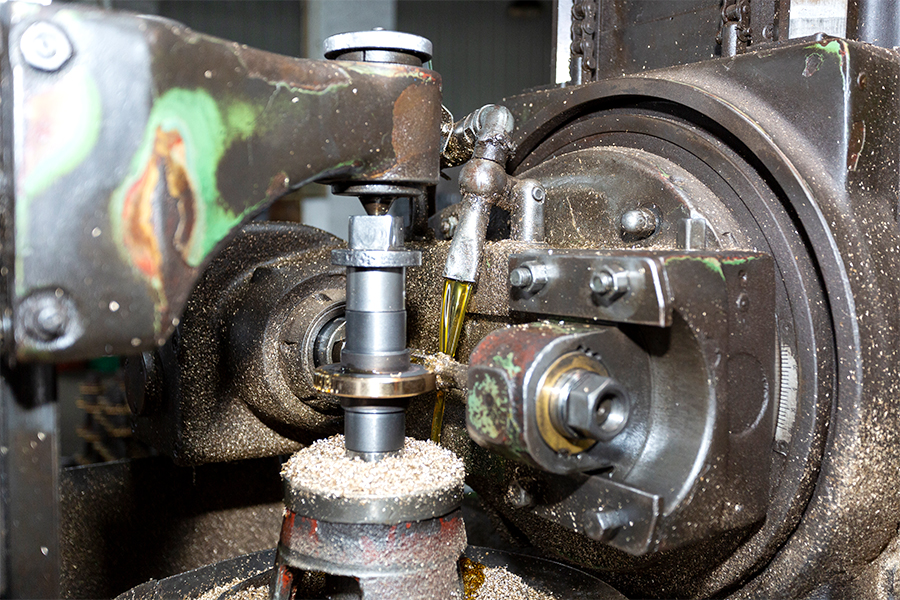
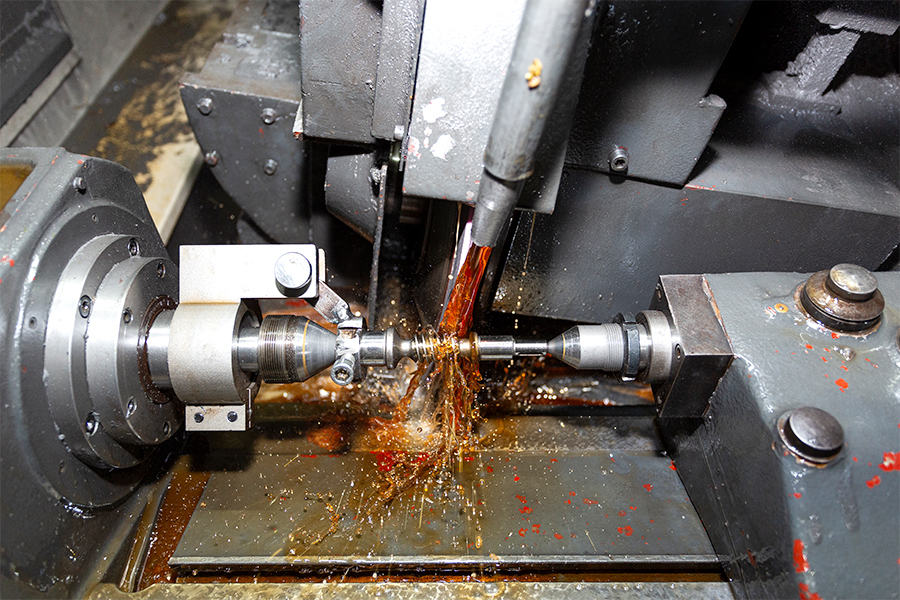
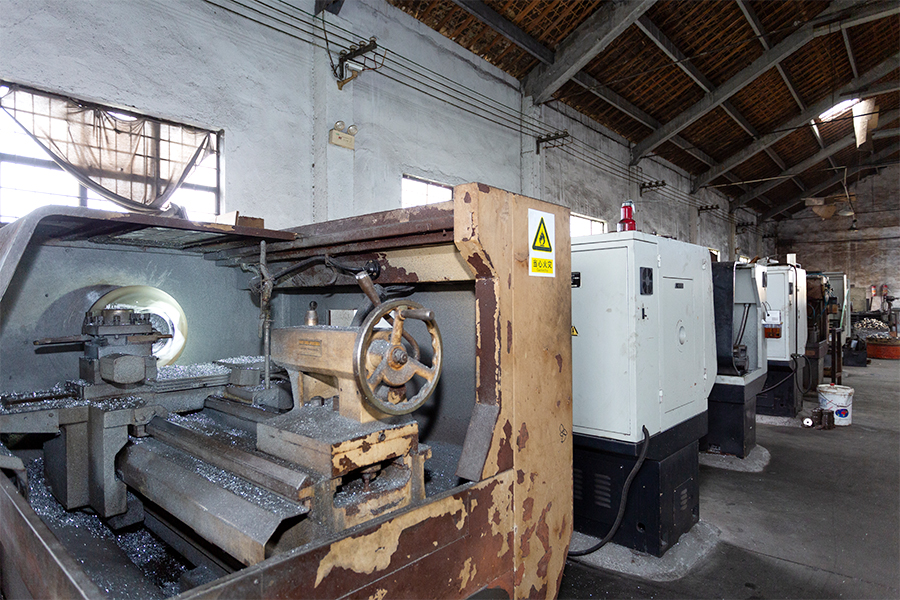
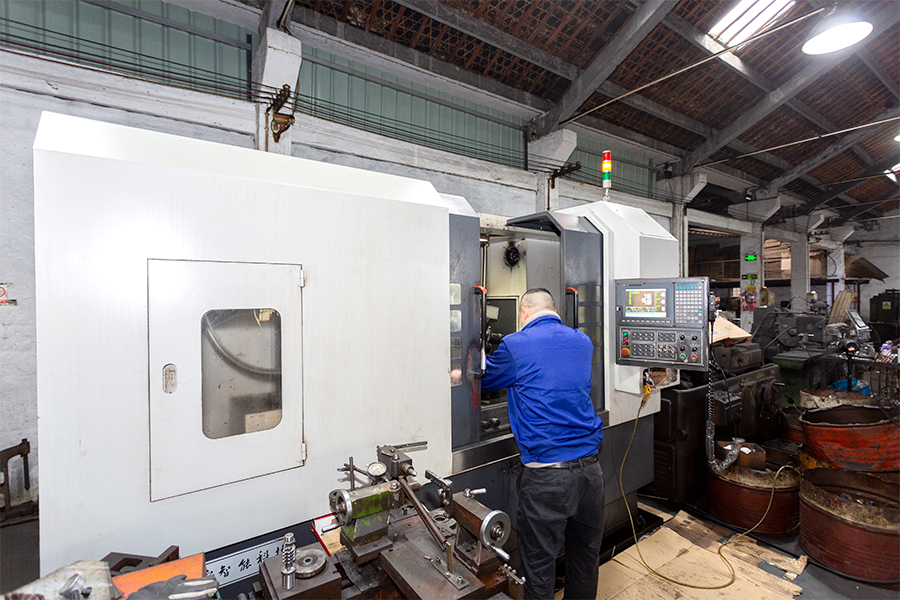
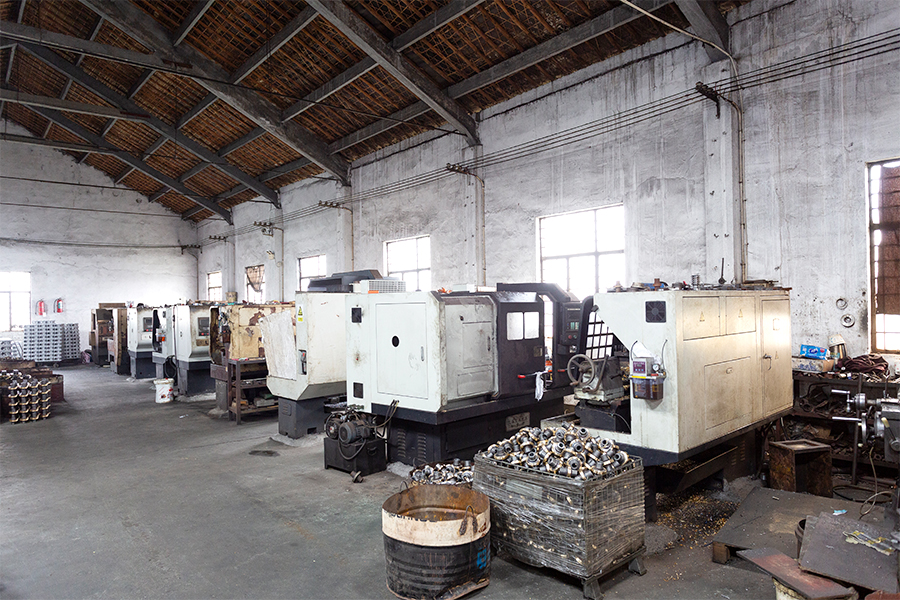
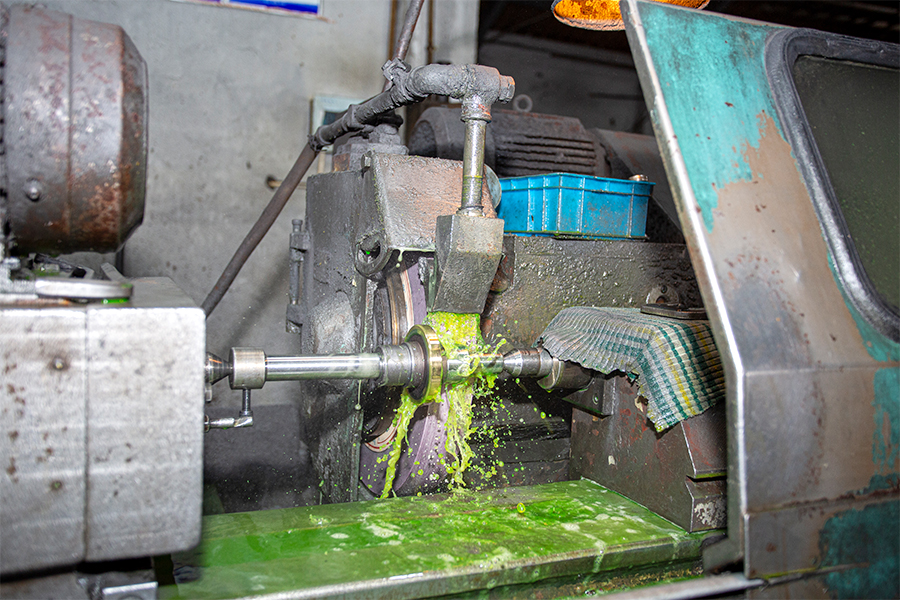
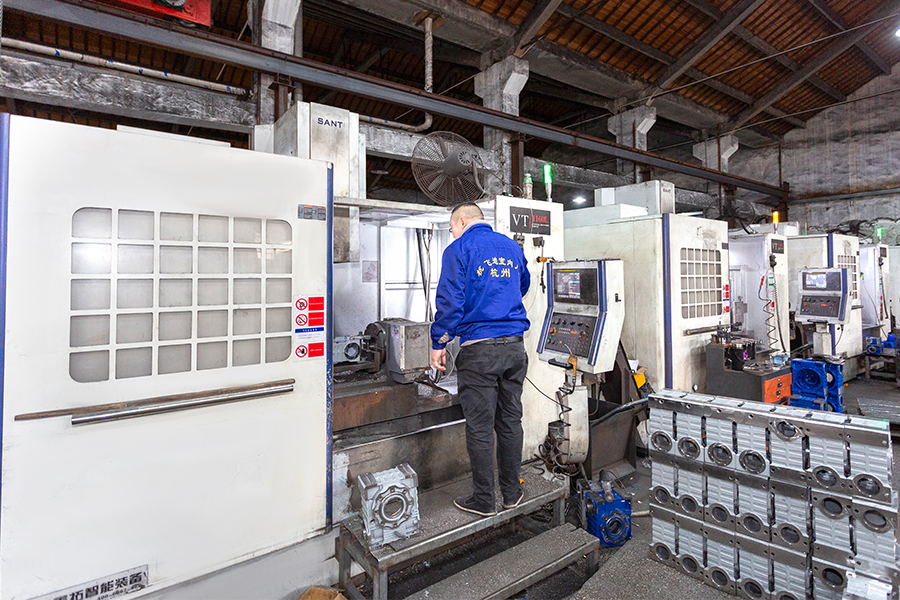
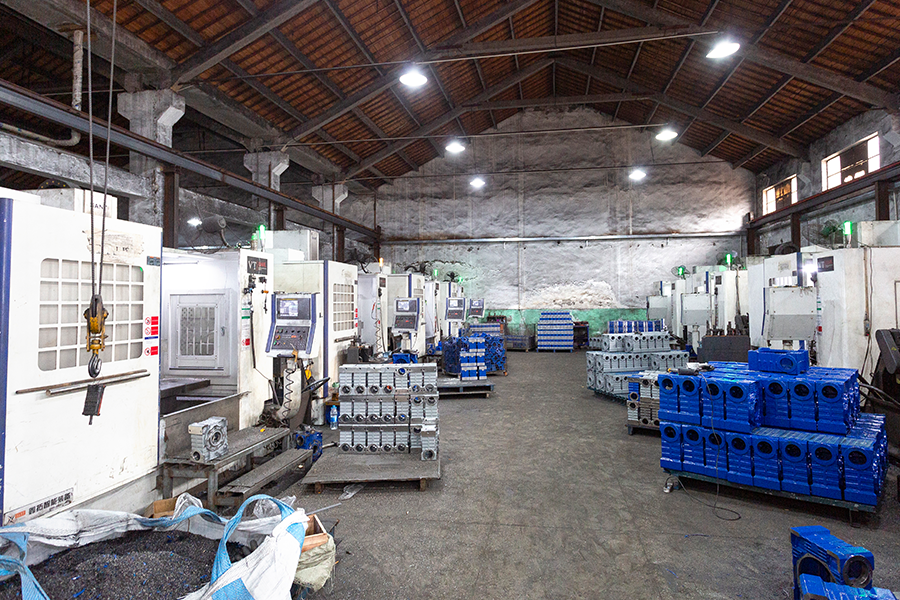
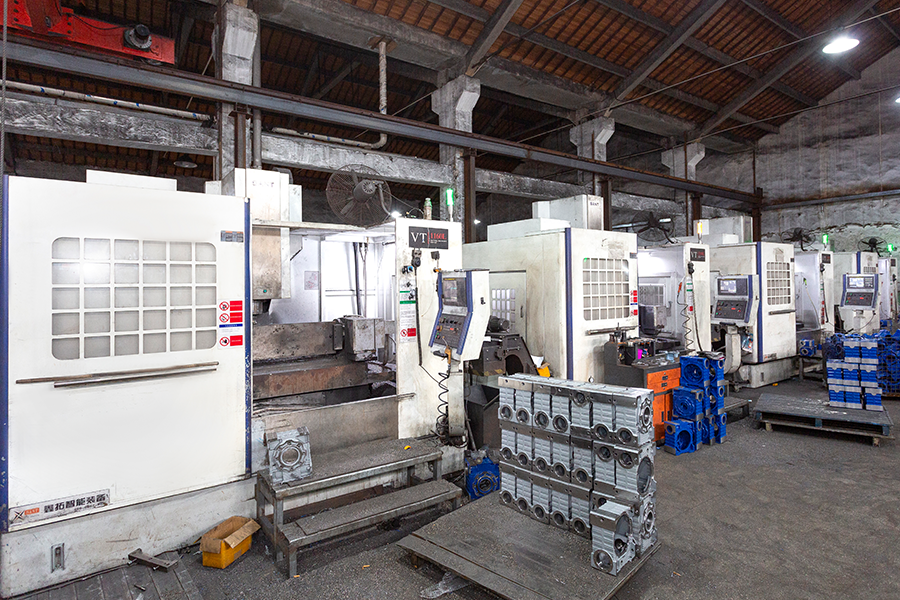
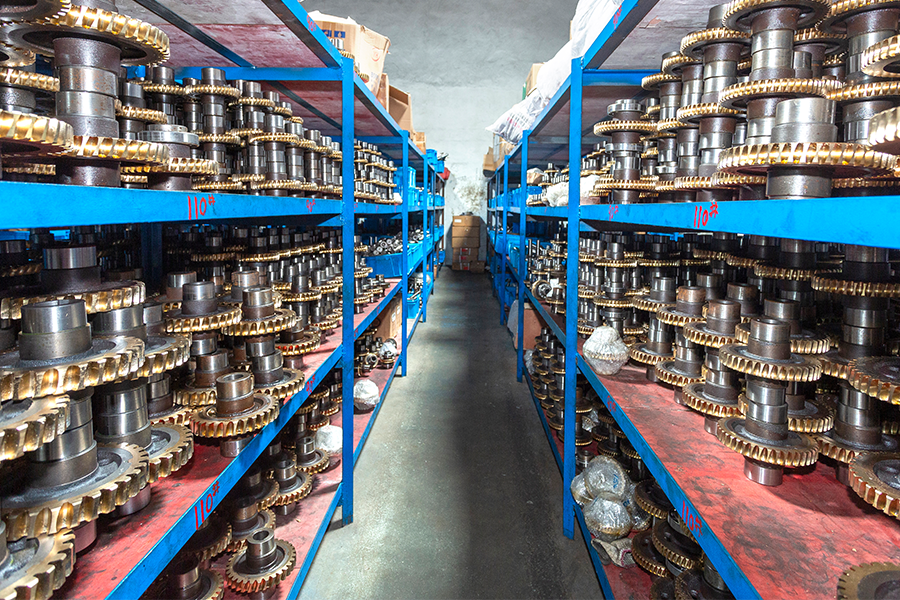
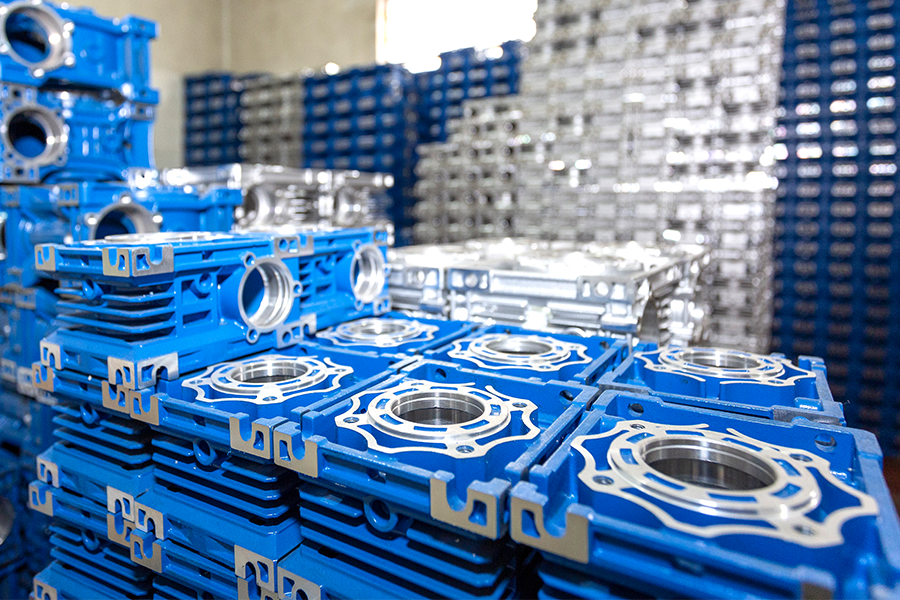
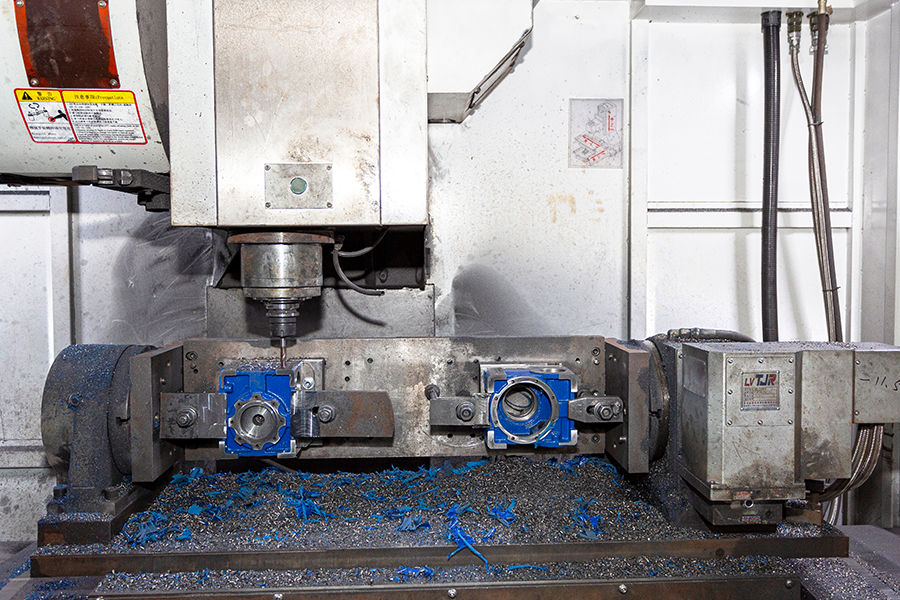
We value your suggestions and questions. If you have any questions about our products and services, please contact us. We will treat you responsibly and reply to your information as soon as possible.

